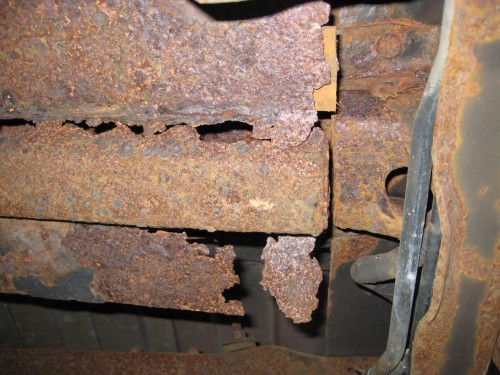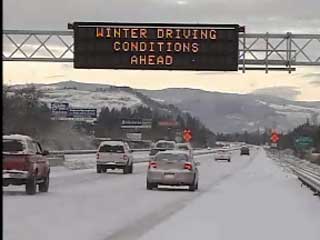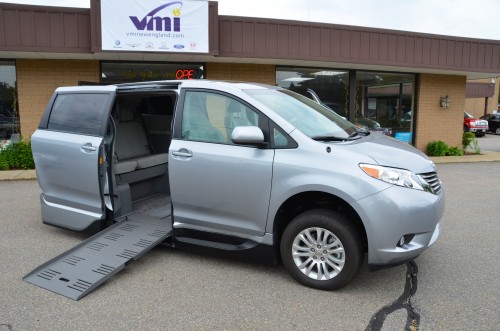Winter is Coming
 Rust Proof Your Wheelchair Van Before the Road Salt Hits the Streets!
Rust Proof Your Wheelchair Van Before the Road Salt Hits the Streets!
We can’t live without salt. It’s a necessary nutrient, it’s used to seed rain clouds, soften household tap water, make chemicals and is used to make ice cream!
In parts of the country with freezing winter temperatures, drivers know that warming the cars up in the morning isn’t the only inconvenience. Icy roads are, too. The same chemical reaction between ice and salt that creates creamy, delicious ice cream also keeps our roads and sidewalks free of dangerous ice during the cold winter months.
A salt and sand mixture is frequently spread over roads before or after a snow or ice storm. Salt lowers water’s freezing point, causing any ice already formed to melt even though the air temperature remains well below freezing. The sand helps keep the salt in place, plus it adds a bit of traction to wet and often slushy roads.
While road salting helps people travel safely, it has drawbacks. It can cause major body and undercarriage damage to your Wheelchair accessible vehicle unless you take extra care and precaution.
If you’re one of the many who must travel the saline streets in the land of the ice and snow, we have some great tips to help protect your mobility vehicle from the ravages of road salt.
Plan Ahead
The best time to prevent salt damage to your conversion van is in Autumn,before the first snowflake falls; a little car maintenance will help keep the rust away.
Prevent
Prevention is better than a cure. There are a number of products that can offer prevention against rust. Products are available either as oils, waxes, fluids and coatings. The range is vast, but our rust prevention processes, product, plan and application has been found to be most effective. Our rust proofing is ever evolving and has been for over the past 25 years.
- Our rust proofing formula does more than just cover the metal required, we apply it as a high-pressured spray, ensuring protection to your handicap accessible vehicle’s most critical areas by penetrating, displacing existing moisture and protecting the many vulnerable crevices of your automobile.
As seen in the picture below this van has heavy rust and metal fatigue due to a lack of maintenance.
Once the rust is this bad there’s not much we can do other than replace the van.
So call us or come in today to rust proof your van before it’s too late.





